It’s funny how ingrained some home decor “rules” become, passed down through generations or cemented by trends of the past. But just like fashion and technology, interior design evolves. What was once considered a must-do can now feel dated or even restrictive. Yet, many of us still subconsciously adhere to these outdated guidelines. Let’s break free from these old notions and explore 14 home decor rules that are definitely ready for retirement, even if our habits haven’t quite caught up.
1. Matching Furniture Sets Are a Must
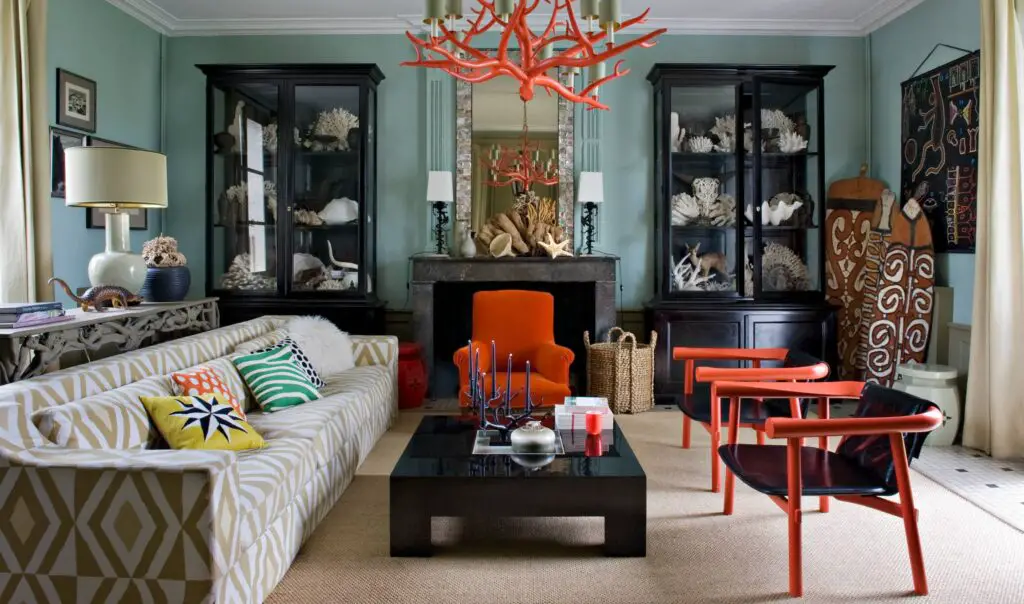
Remember the days when buying a living room set – sofa, loveseat, armchairs, all in the exact same fabric and style – was the epitome of good taste? According to a trend report by Houzz, homeowners are increasingly opting for an eclectic look, mixing and matching different styles, textures, and even periods of furniture. This move away from uniformity allows for more personality and a collected-over-time feel, rather than a showroom aesthetic.
Sticking to a matching set can actually make a room feel a bit flat and lacking in character. By intentionally choosing pieces that complement each other but aren’t identical, you can create visual interest and a space that truly reflects your individual style. Think of it like curating a wardrobe – you wouldn’t wear the exact same outfit every day, so why should your living room look like it came straight out of a catalog?
2. All Wood Tones in a Room Should Match
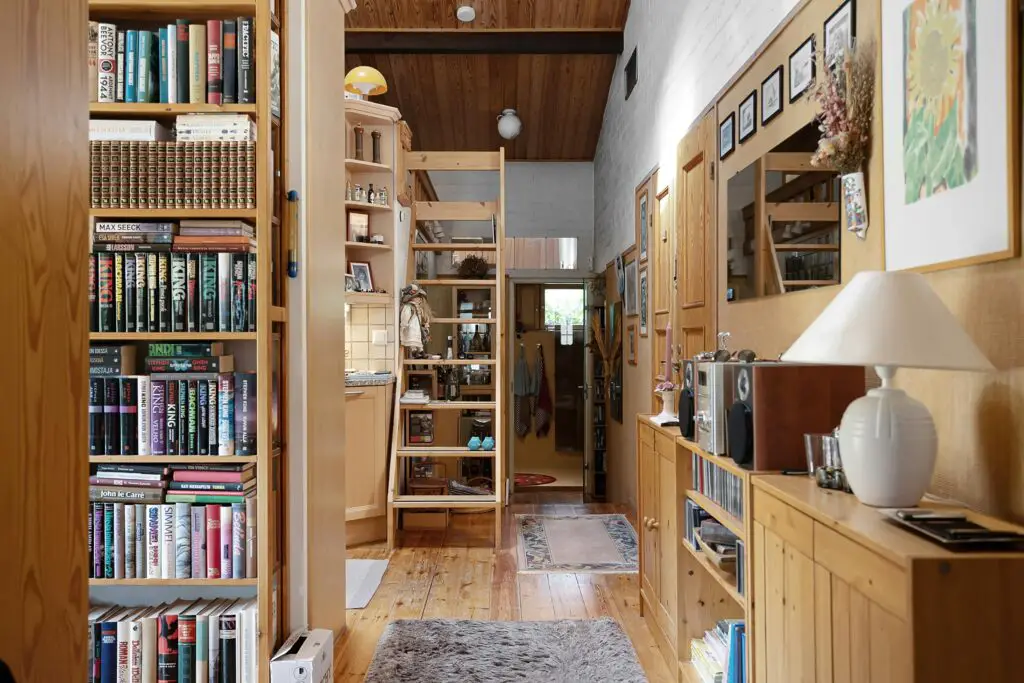
For a long time, the prevailing wisdom was that all the wood finishes in a room – from flooring to furniture to picture frames – needed to be in the same color family. As noted by interior design experts at Apartment Therapy, this rule has been widely debunked. Mixing wood tones can actually add warmth, depth, and a more natural, organic feel to a space.
The key is to vary the tones and ensure there’s enough contrast between them. For example, pairing light maple with dark walnut can be striking, while layering several medium-toned woods might feel a bit muddy. Consider the undertones of the wood (warm, cool, or neutral) to create a cohesive yet interesting look. Don’t be afraid to experiment and trust your eye!
3. Small Rooms Should Only Use Light Colors

The idea that dark colors will make a small room feel even smaller has been a long-standing belief. However, as design professionals often point out in publications like Architectural Digest, this isn’t always the case. In fact, a carefully chosen dark color can add drama, intimacy, and a sense of cozy enclosure to a small space.
Instead of making the room feel smaller, a deep, rich hue can blur the boundaries of the walls, making the space feel infinite. The trick is to balance the dark walls with lighter accents, such as furniture, rugs, and artwork, to prevent the room from feeling like a cave. Don’t underestimate the power of a bold color choice, regardless of square footage.
4. Rugs Should Only Be Placed Under the Front Legs of Furniture

There was a time when the “proper” way to place a rug in a living room was to have just the front legs of the sofa and chairs resting on it. According to The Spruce, this was thought to anchor the furniture without overwhelming the space. However, this rule often resulted in rugs that looked too small and disconnected from the seating arrangement.
Modern design embraces the idea of a rug that is large enough for all the main pieces of furniture in a seating area to sit entirely on it. This creates a more cohesive and grounded feel, visually pulling the furniture together and defining the space. If your budget doesn’t allow for a rug that large, aim for one that extends at least six inches beyond the sides of your sofa.
5. Avoid Mixing Patterns
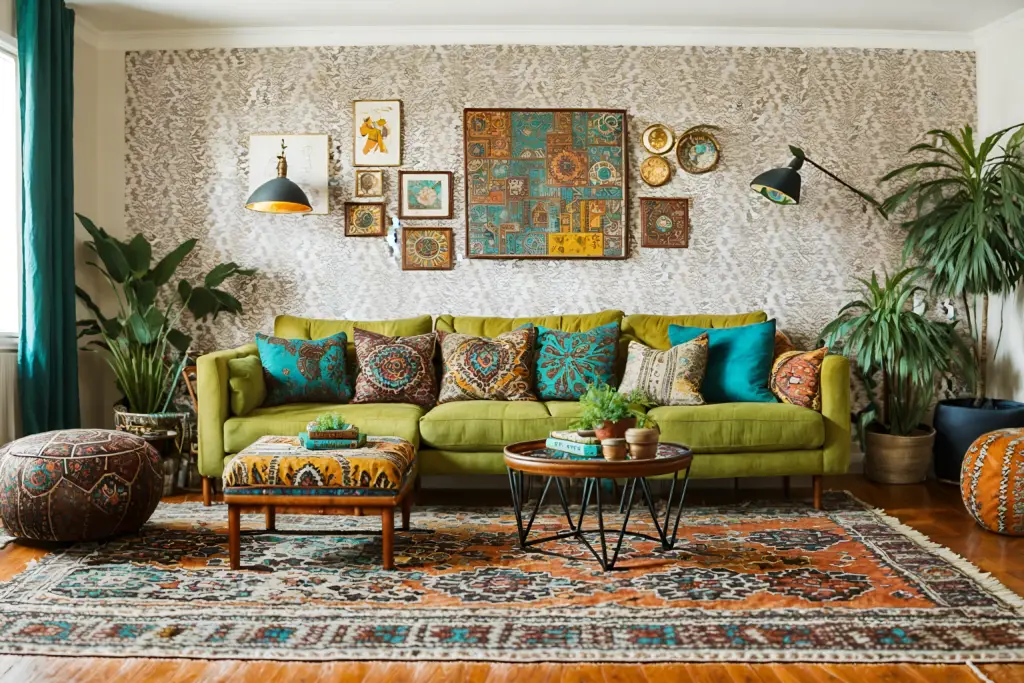
For years, the advice was to choose one main pattern and stick to solid colors for everything else to avoid a chaotic look. However, contemporary design celebrates the art of mixing patterns. The key is to do it thoughtfully, creating a harmonious yet visually interesting space.
To successfully mix patterns, vary the scale of the patterns (large, medium, and small) and choose patterns that share a common color palette. Stripes, florals, geometrics, and animal prints can all play nicely together if you find the right balance. Don’t be afraid to experiment and layer different patterns to add depth and personality to your decor.
6. Everything Should Be Symmetrical
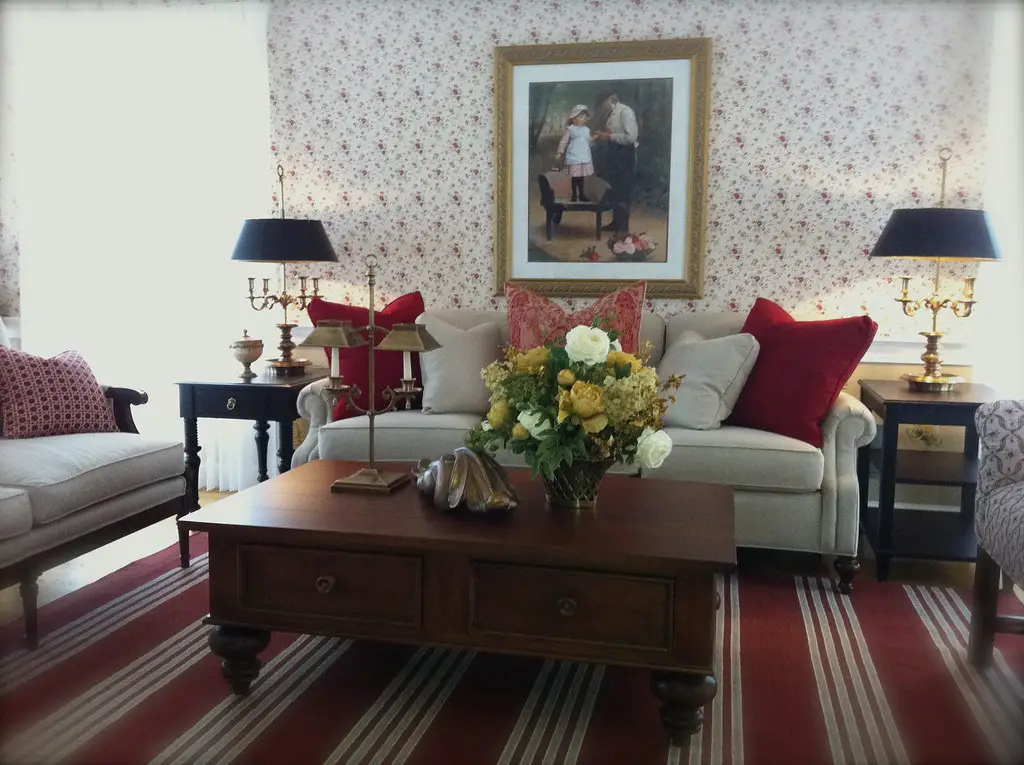
While symmetry can create a sense of balance and formality, an overly symmetrical room can sometimes feel stiff and uninviting. Modern design embraces asymmetry to create a more relaxed and dynamic feel.
Instead of perfectly matching lamps on either side of a sofa, try varying the height or style. Arrange artwork in a gallery wall instead of a perfectly aligned row. Introduce unexpected elements to create visual interest and a more organic flow within the space.
7. Artwork Must Be Hung at Eye Level
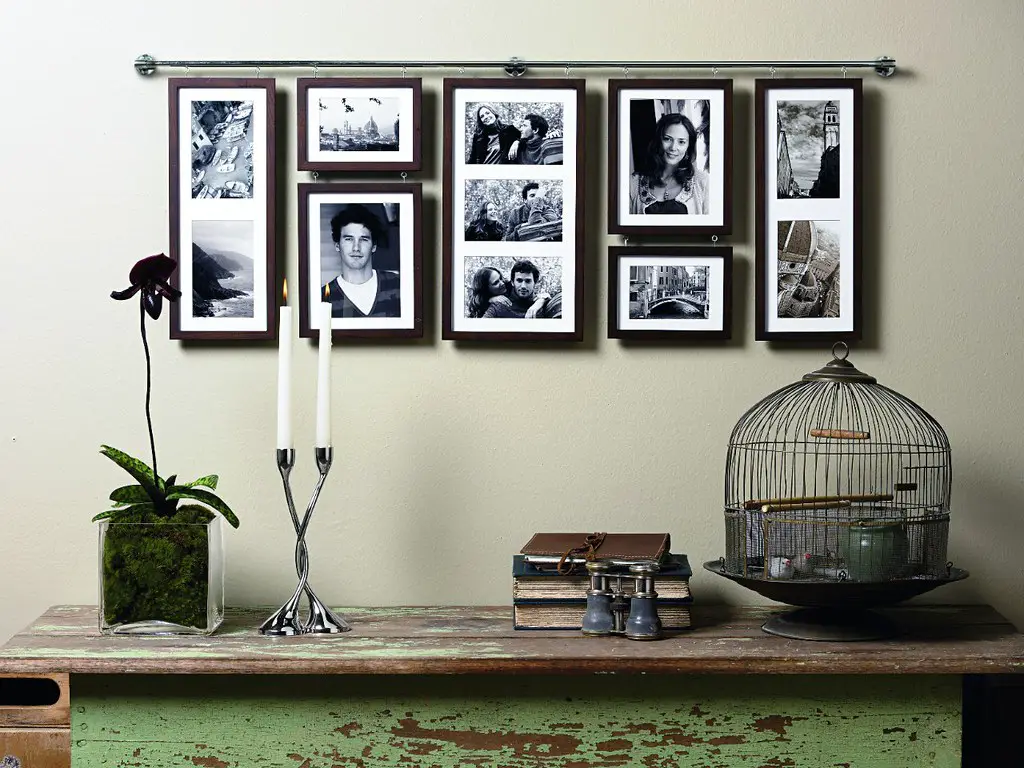
While hanging artwork at eye level is a good general guideline, it’s not a rigid rule that must be followed in every situation. Consider the size of the artwork, the height of your ceilings, and the furniture below it.
A large piece of art above a sofa might need to be hung a bit higher to relate to the scale of the furniture. A gallery wall can have varying heights to create visual interest. The goal is for the artwork to feel connected to the space and the other elements in the room, not just rigidly placed at a predetermined height.
8. Don’t Mix High-End and Low-End Pieces
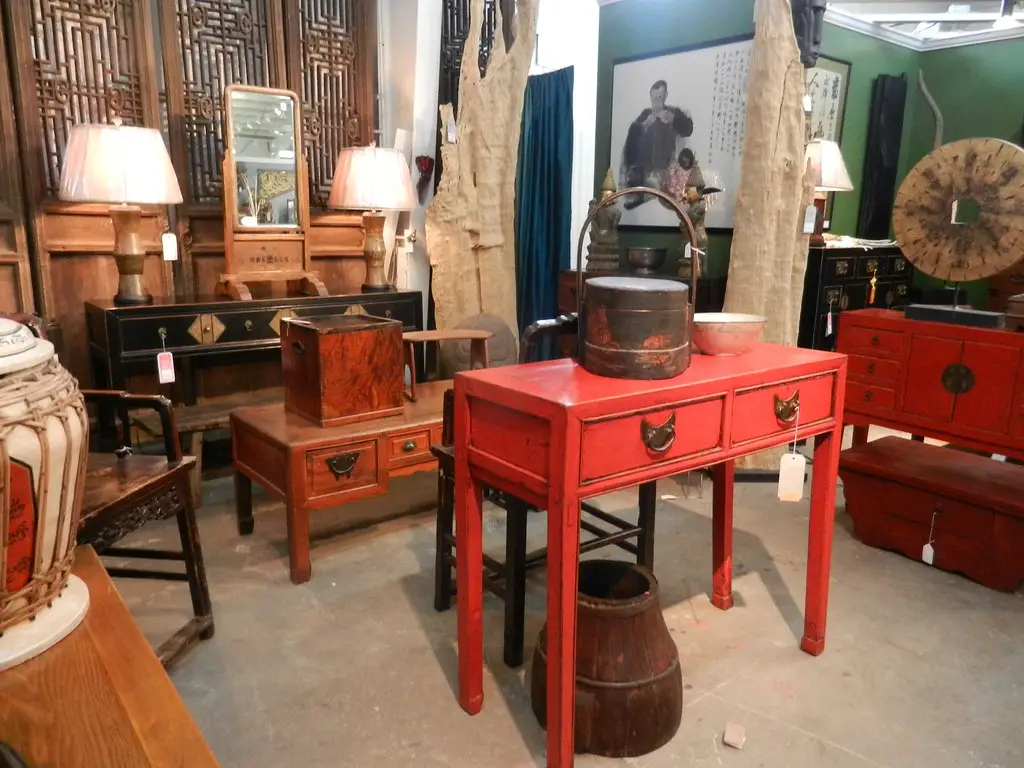
There used to be a notion that everything in a well-designed home should be expensive and of high quality. However, a truly stylish and personal space often incorporates a mix of investment pieces and more affordable finds.
The beauty of mixing high and low is that it allows you to splurge on items that really matter to you (like a comfortable sofa or a piece of art you love) while saving money on less impactful pieces. This approach also prevents your home from looking like it was entirely purchased at one expensive store.
9. Metal Finishes Should Match Throughout the House

Similar to wood tones, the idea that all metal finishes (like brass, silver, and bronze) in a home should be consistent is an outdated notion. Mixing metals can add visual interest and a sense of depth to your decor.
The key is to choose one dominant metal finish and then incorporate one or two accent metals. Ensure there’s a common thread, such as similar undertones (warm or cool), to create a cohesive look. Don’t be afraid to mix that brushed nickel faucet with brass light fixtures.
10. Window Treatments Should Always Be Formal
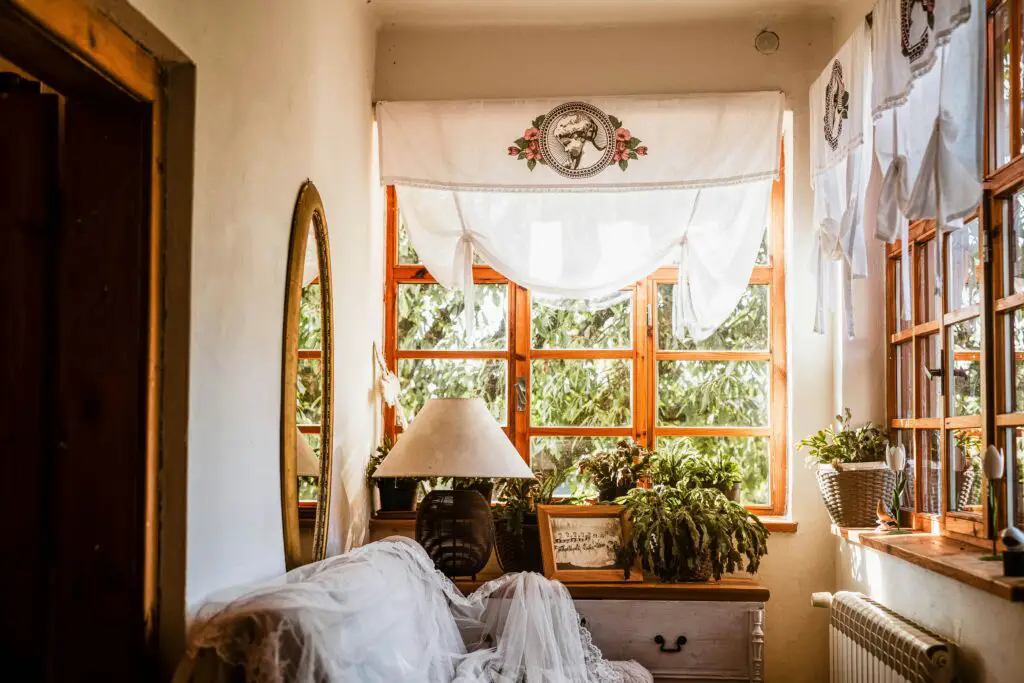
For a long time, elaborate and formal window treatments were seen as a sign of sophistication. However, modern design often favors simpler, more functional, and less fussy options.
Consider the purpose of your window treatments – privacy, light control, or purely decorative. Choose styles and fabrics that suit your needs and the overall aesthetic of your room. Simple roller shades, relaxed linen curtains, or even no window treatments at all can be perfectly stylish choices.
11. Throw Pillows Should Be Chopped
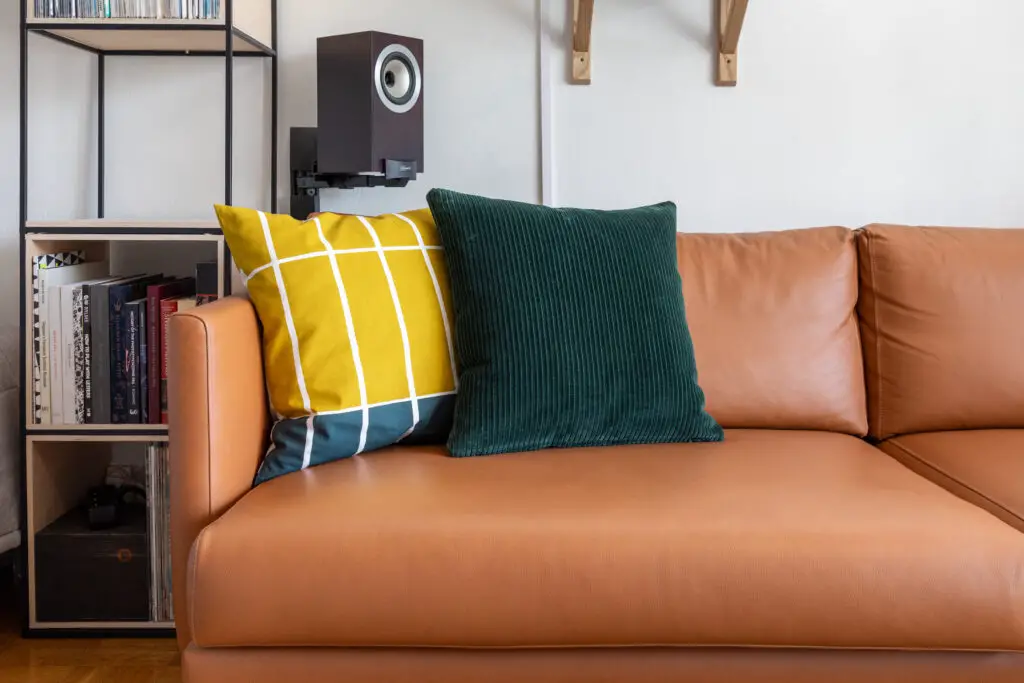
The “karate chop” to the center of a throw pillow was once considered the height of stylish sofa styling. However, this overly perfect look can now feel a bit dated and unnatural.
Instead of rigidly chopping your pillows, opt for a more relaxed and inviting look. Simply fluff them and arrange them casually for a comfortable and lived-in feel. The goal is to create a welcoming space, not a perfectly staged photograph.
12. Never Paint Ceilings a Different Color
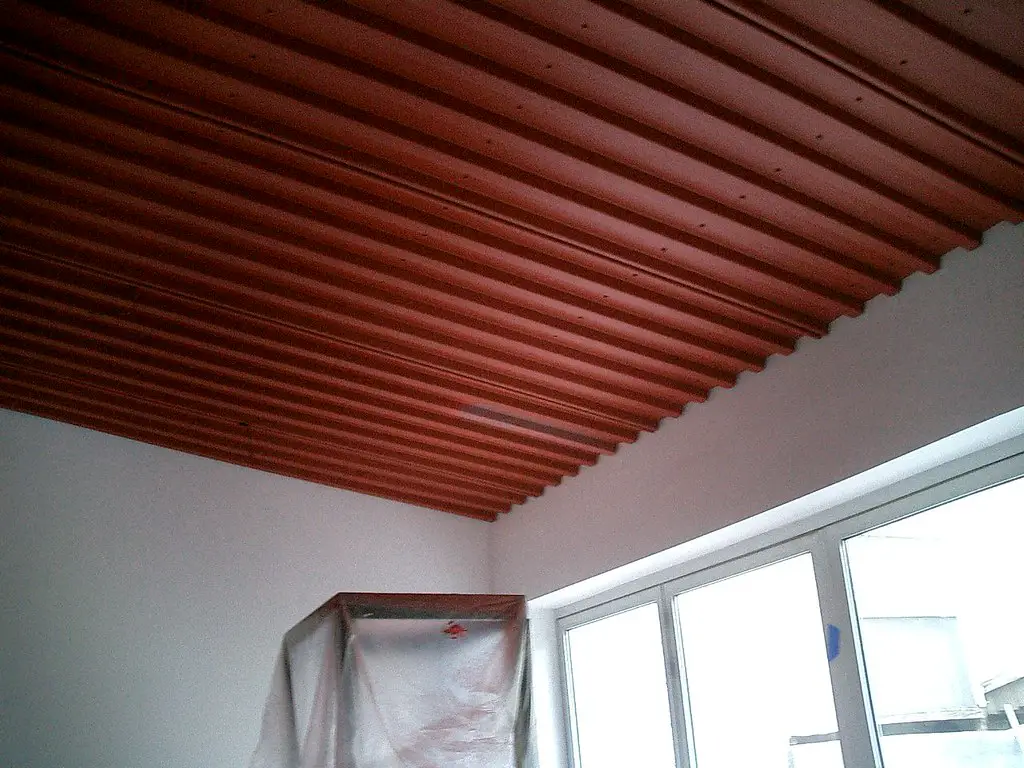
The traditional approach was to always paint ceilings white, believing it would make the room feel taller and brighter. While white ceilings are a safe and versatile choice, painting the ceiling a different color can add drama, warmth, or a sense of intimacy to a space.
Consider painting a bedroom ceiling a soft, calming color to create a cozy atmosphere. A bold color on a powder room ceiling can add unexpected personality. Don’t be afraid to look up and see the potential for adding another layer of design to your room.
13. Follow Trends Exactly
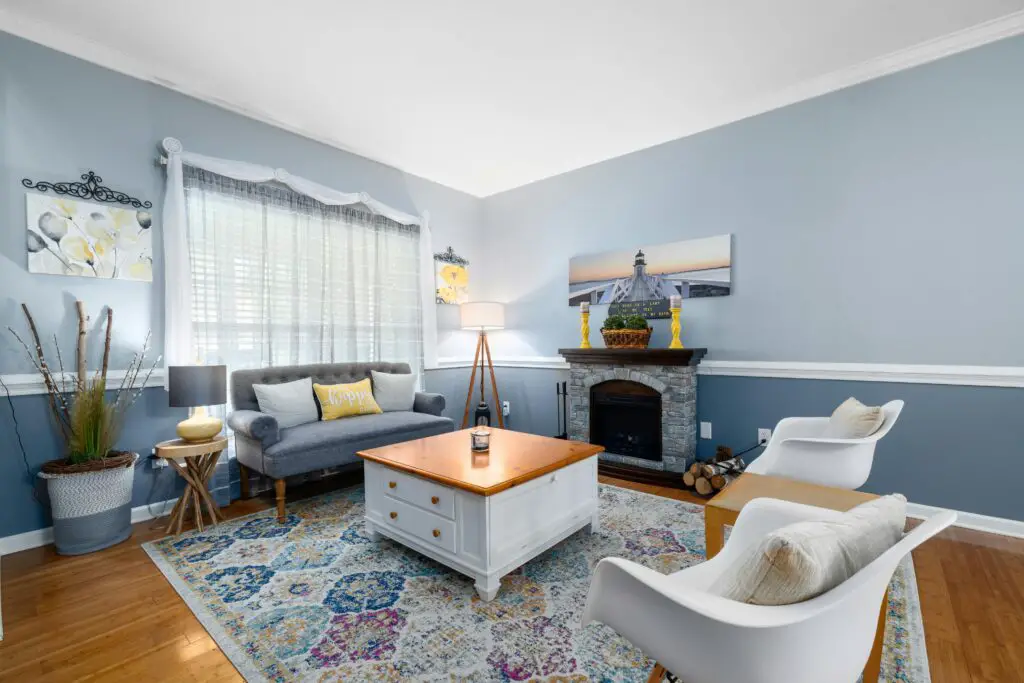
While staying informed about current design trends can be inspiring, slavishly following every fleeting fad can lead to a home that feels dated quickly. True style is about personal expression and creating a space you love, regardless of what’s currently “in.”
Instead of completely overhauling your decor every season, incorporate trends in smaller, more affordable ways, such as through accessories, artwork, or paint colors. Focus on creating a timeless foundation with pieces you truly love and that reflect your individual taste.
14. Every Wall Needs Something On It
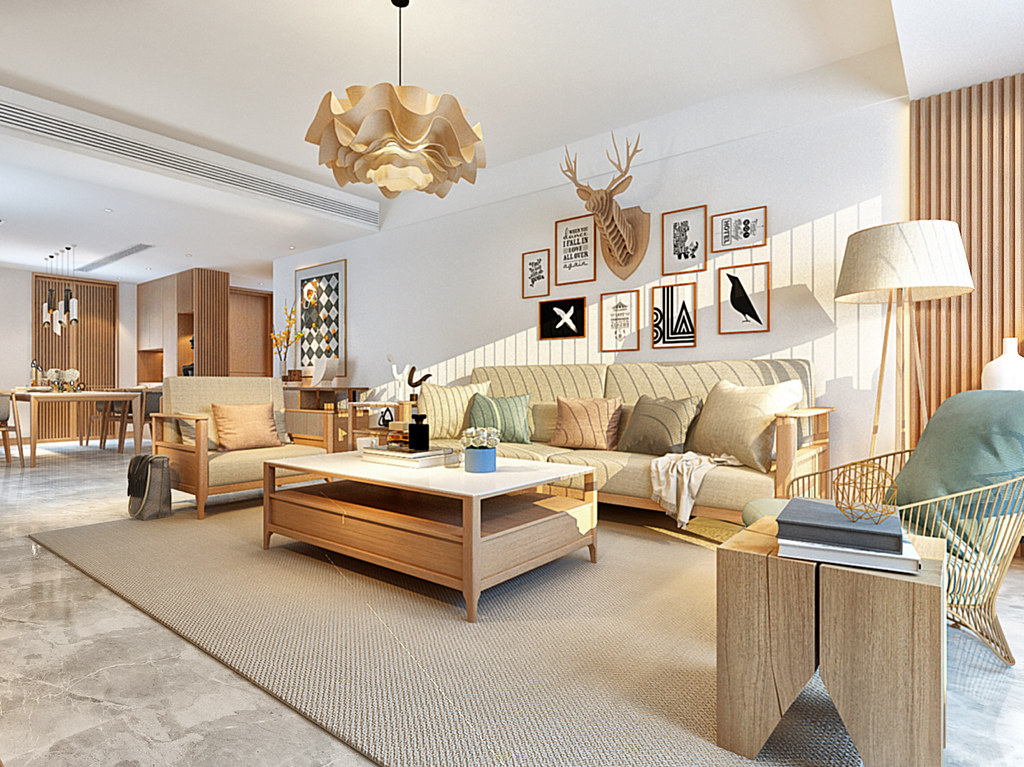
The idea of “filling every blank space” with artwork or decor can lead to a cluttered and overwhelming room. Sometimes, the most impactful design choice is to embrace negative space and allow walls to breathe.
A well-placed piece of art or a striking architectural detail can have more impact when surrounded by open space. Don’t feel pressured to fill every wall just for the sake of it. Embrace the beauty of simplicity and intentional emptiness.
